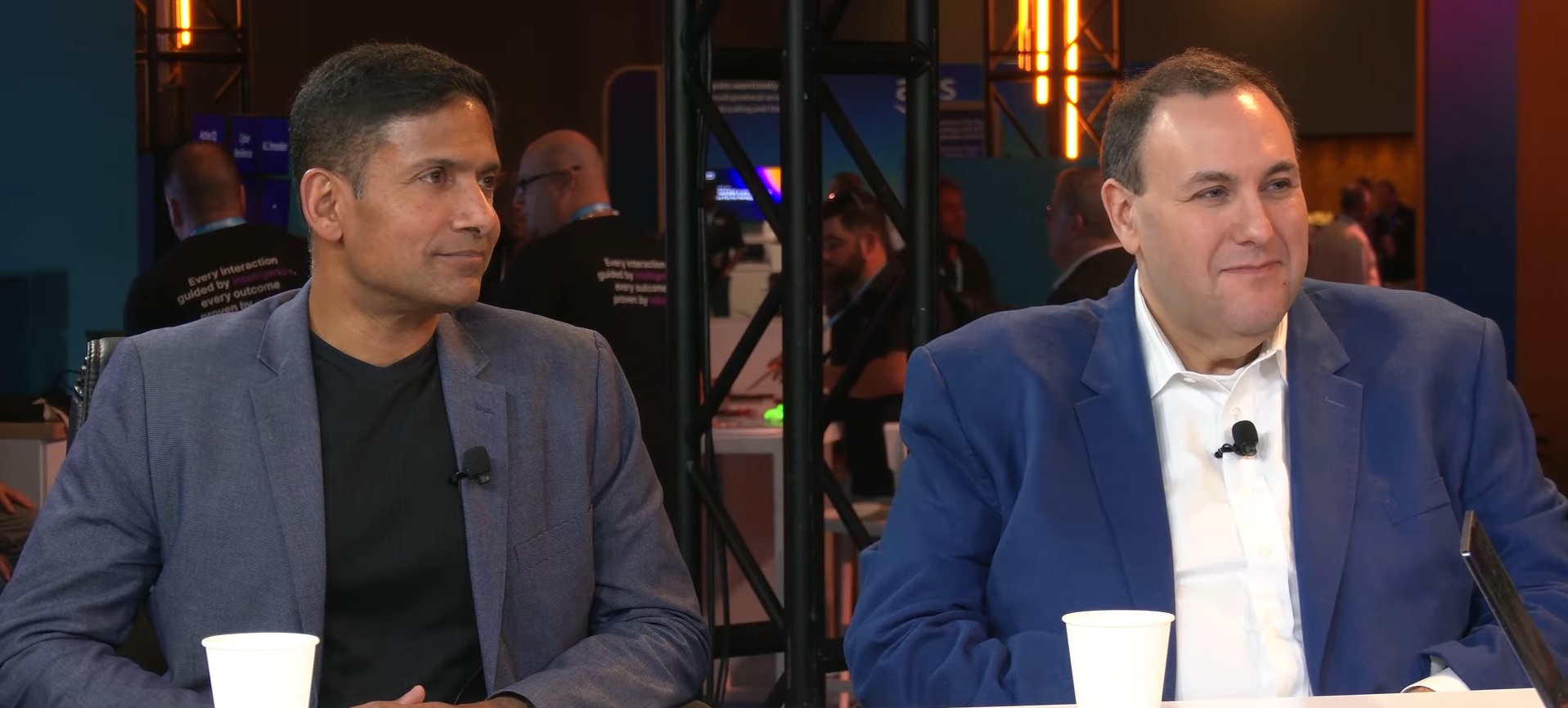Copyright Fast Company

A few years ago, I met a luxury brand executive who admitted something surprising. Despite record sales, her team felt lost. The company had grown fast—too fast—and no one could remember why they existed beyond hitting quarterly goals. Their brand story had evaporated in the rush for expansion. That conversation has stayed with me. It reminded me that the most valuable business asset doesn’t appear on any balance sheet: memory. Whether it’s your company’s founding story, rituals, or archives, memory doesn’t show up as profit or equity. Yet it’s the invisible capital that gives brands their staying power. Without memory, companies become interchangeable. With it, they become timeless. WHY MEMORY MATTERS In today’s crowded marketplace, differentiation is harder than ever. Products are copied, technologies commoditized, and even “innovation” feels repetitive. What can’t be replicated so easily is cultural memory. Think about why customers trust certain luxury houses, family businesses, or even tech giants. It isn’t just the product. It’s the decades—or centuries—of accumulated stories, rituals, and credibility. Memory signals permanence in a world of constant change. THE COST OF FORGETTING When businesses ignore memory, they risk short-term gains at the expense of long-term identity. Consider legacy companies that rebranded so aggressively they erased their DNA—only to discover customers no longer recognized or trusted them. The lesson is simple: A brand that forgets who it is will soon be forgotten by everyone else. Here are three types of memory that every business needs. 1. Founding memory Your origin story is more than nostalgia—it’s cultural glue. Apple’s garage, Disney’s first sketch, or a founder’s “aha” moment provides a narrative that employees and customers can connect with. – Action step: Document your founding story and make it accessible in onboarding, marketing, and leadership communication. Subscribe to the Daily newsletter.Fast Company's trending stories delivered to you every day Privacy Policy | Fast Company Newsletters 2. Cultural memory These are the rituals, traditions, and values that define how your team operates. They may be as simple as how you celebrate wins, welcome new hires, or design your customer experience. – Action step: Write down your cultural rituals in a “living playbook.” Encourage leaders to adapt them as the company scales. 3. Product memory Archives of past products, campaigns, or designs are a treasure chest of inspiration. What was once old can become raw material for future innovation. – Action step: Build a digital or physical archive that employees can revisit. Treat it as an R&D lab, not just a museum. HOW MEMORY BECOMES STRATEGY Far from being sentimental, memory can be a powerful growth engine: – It builds trust. Customers are more willing to invest in a brand that demonstrates continuity. – It sparks innovation. Archives provide inspiration for new products, designs, or experiences. – It strengthens culture. Employees feel part of a story larger than their job description. One global fashion house doubled down on its archives to reintroduce designs from the 1960s with a modern twist. The results? New relevance with younger audiences and credibility with long-time customers. TURN MEMORY INTO COMPETITIVE ADVANTAGE Here are practical ways leaders can embed memory into business strategy: 1. Create a memory map: List your company’s most significant milestones, products, and rituals. Share it visually with your team. 2. Establish a memory keeper: Assign someone (or a small team) to document and preserve stories, designs, and cultural practices. 3. Integrate memory into innovation: In every brainstorming session, ask: What from our past can inspire the future? 4. Share memory with customers: Use newsletters, events, or packaging to connect customers with your heritage—not as nostalgia, but as proof of continuity. THE PARADOX OF PROGRESS We live in a business culture obsessed with disruption. But disruption without preservation creates shallow novelty. Preservation without innovation creates irrelevance. The real magic happens when leaders embrace both roles: archivist and innovator. They safeguard what must endure while boldly pursuing what must evolve. CLOSING THOUGHT Memory may not appear on a balance sheet, but it is the most undervalued asset in business—the silent engine of trust, creativity, and resilience. In the end, innovation fades, but memory endures. Sudhir Gupta is founder and curator of Facticerie and founder and CEO of Eau de Luxe.



